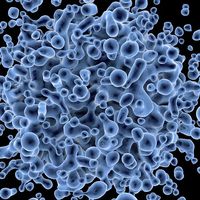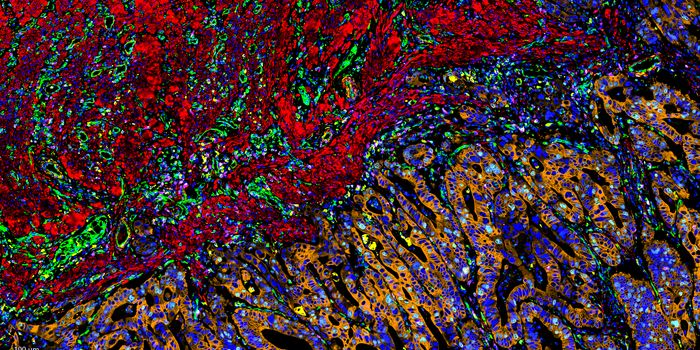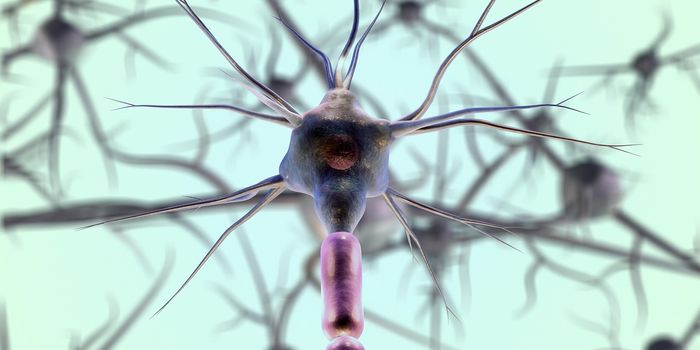Novel Imaging Detects Immune Response to COVID-19
New technologies are being used to better detect and treat patients with various diseases. One way technology is advancing the field of medicine is by recoding the body’s immune response to specific diseases. This can better inform physicians how diseases work and more appropriately design therapies to improve survival rates. COVID-19 is one such disease researchers are trying to learn more about to better understand and treat.
A team at the University of California Davis (UC Davis) have recently used dynamic total-body positron emission tomography (PET) to analyze and observe the body’s immune response to COVID-19 in recovering patients. Their results were published in Science Advances and may help lead to a better understanding of the immune system in response to viral infections. This work has major implications for patients and healthcare as it could help not only treat infections, but provide insight into durable, lasting immunity.
The PET scanner the researchers used was the uEXPLORER total body scanner. It was chosen due to its innovative imaging technology developed by UC Davis scientists and United Imaging Healthcare. To obtain the body’s immune response, scientists injected small amounts of radiotracers in patients followed by repeated imaging over a period of time. This generates a movie that shows where the radiotracers are moving. Through timelapse, you can see the distribution of the radiotracers throughout the body. Mathematical models were then applied to determine the biological significance within that generated movie. This imaging with kinetic modeling allowed researchers to observe what was going on in each organ. The PET scanner used in the study has much more sensitivity than conventional PET scanners with low radiation dose, which allows for this safe and detailed observation of the immune response. Dynamic imaging also improves the image quality while quantifying immune cell distribution without an invasive procedure.
The study is the first to use dynamic PET and kinetic modeling to measure immune cells in humans. More specifically, this study helped to quantify CD8+ T cells, which are immune cells responsible for eliminating foreign pathogens, such as virus-infected cells. When a foreign substance enters the body, these T cells become activated and kill it. Some of these T cells become “memory T cells” in which they persist so when the body encounters a similar foreign substance, they can kill it faster. The study demonstrated that high uptake of CD8+ T cells were in the lymphoid tissues of all patients. The highest concentration was in the spleen, following the bone marrow, liver, tonsils, and lymph nodes. A critical finding was that there were increased CD8+ T cell concentrations in the bone marrow of recovering COVID-19 patients, compared to healthy patients without COVID-19. A follow up imaging test (6 months later) revealed that there were even higher concentrations compared to 2 months post-infection. These results indicate that the bone marrow is a major site for the generation and proliferation of memory T cells.
Overall, this research has established a novel imaging technique that has helped advance our understanding of memory T cell development and proliferation. The discovery of memory T cells pooled in the bone marrow improves our knowledge of T cell biology in response to illness and has major implications for the development of new therapeutics to improve immune response.
Results, Science Advances, UC Davis, United Imaging Healthcare, uEXPLORER








